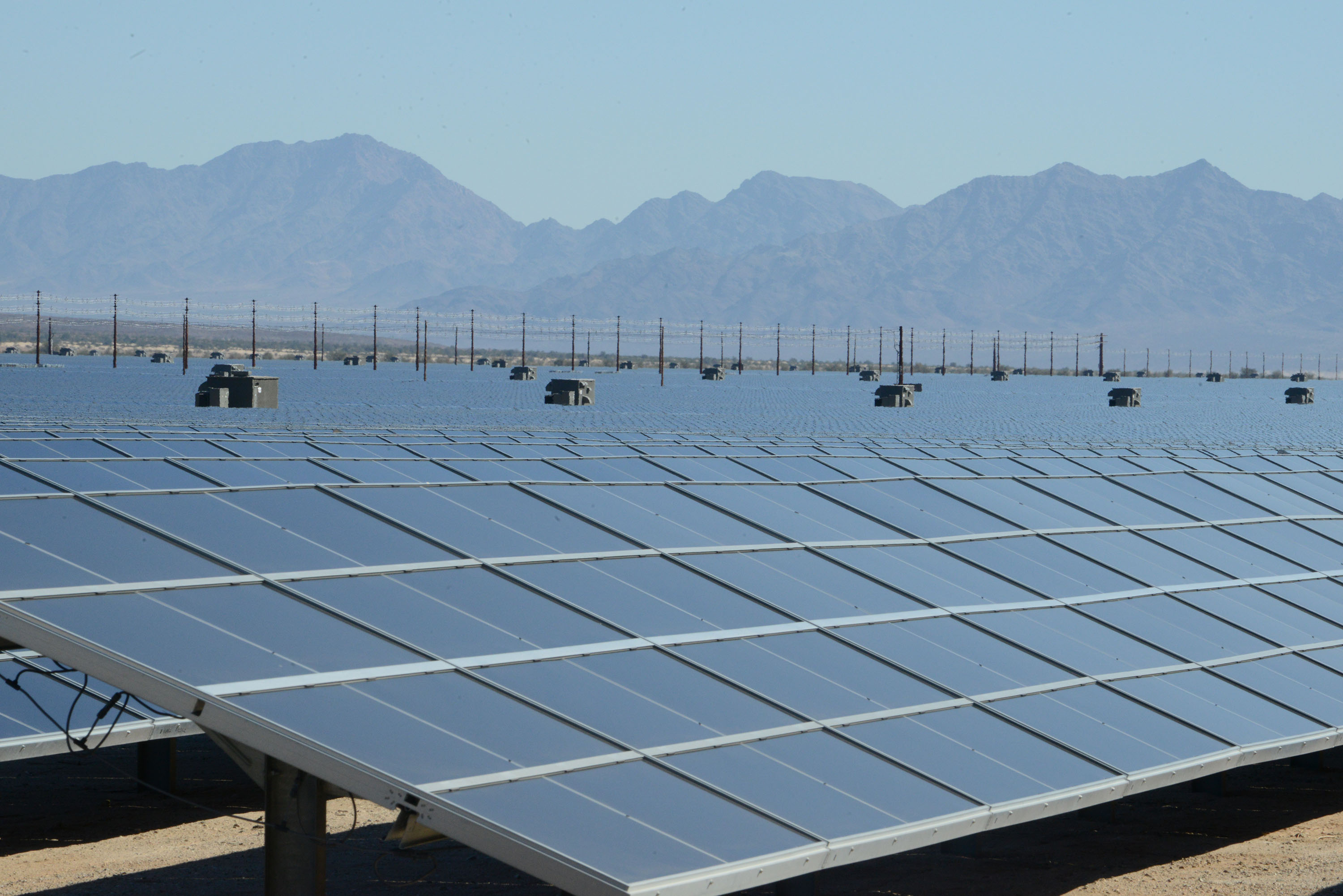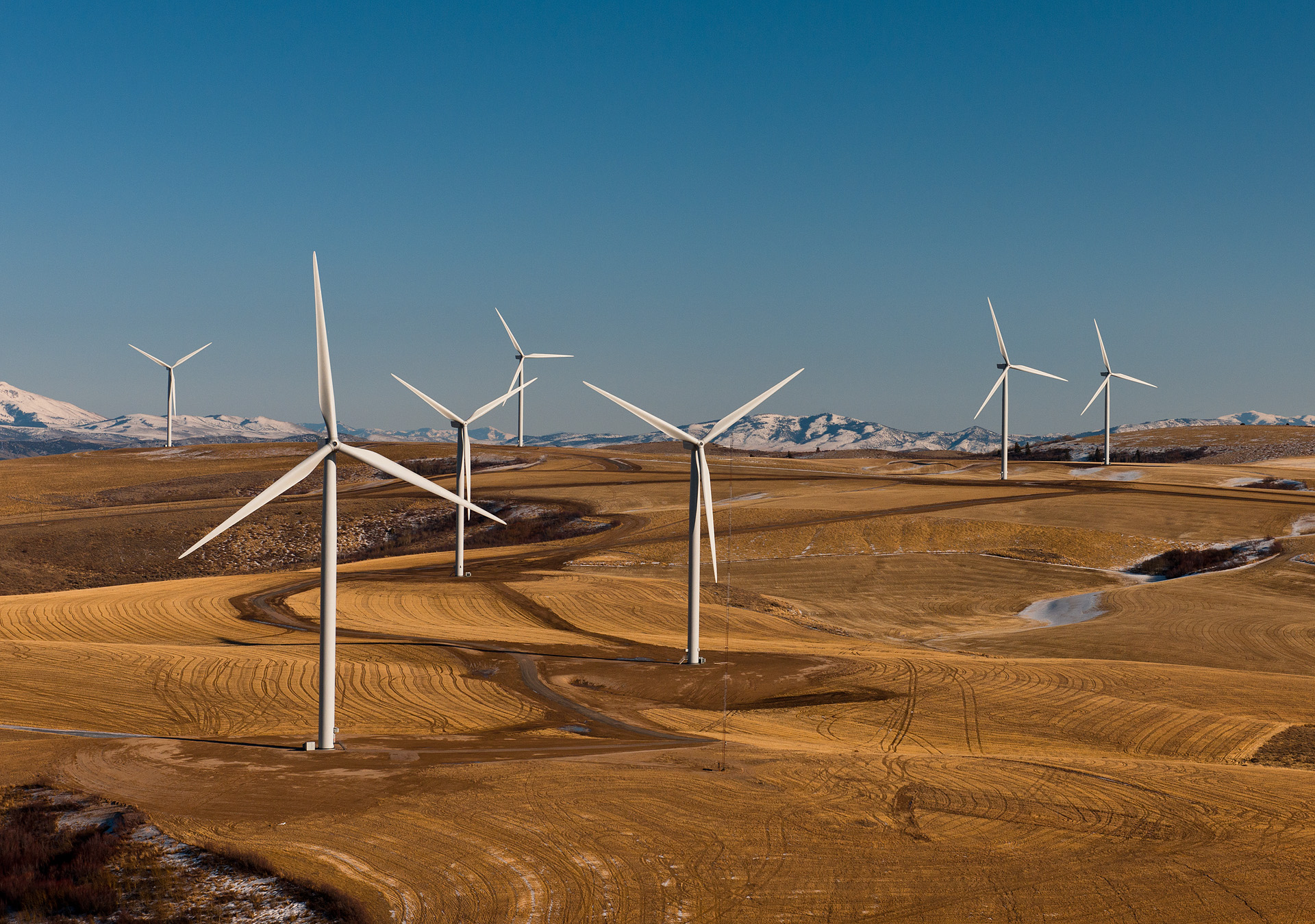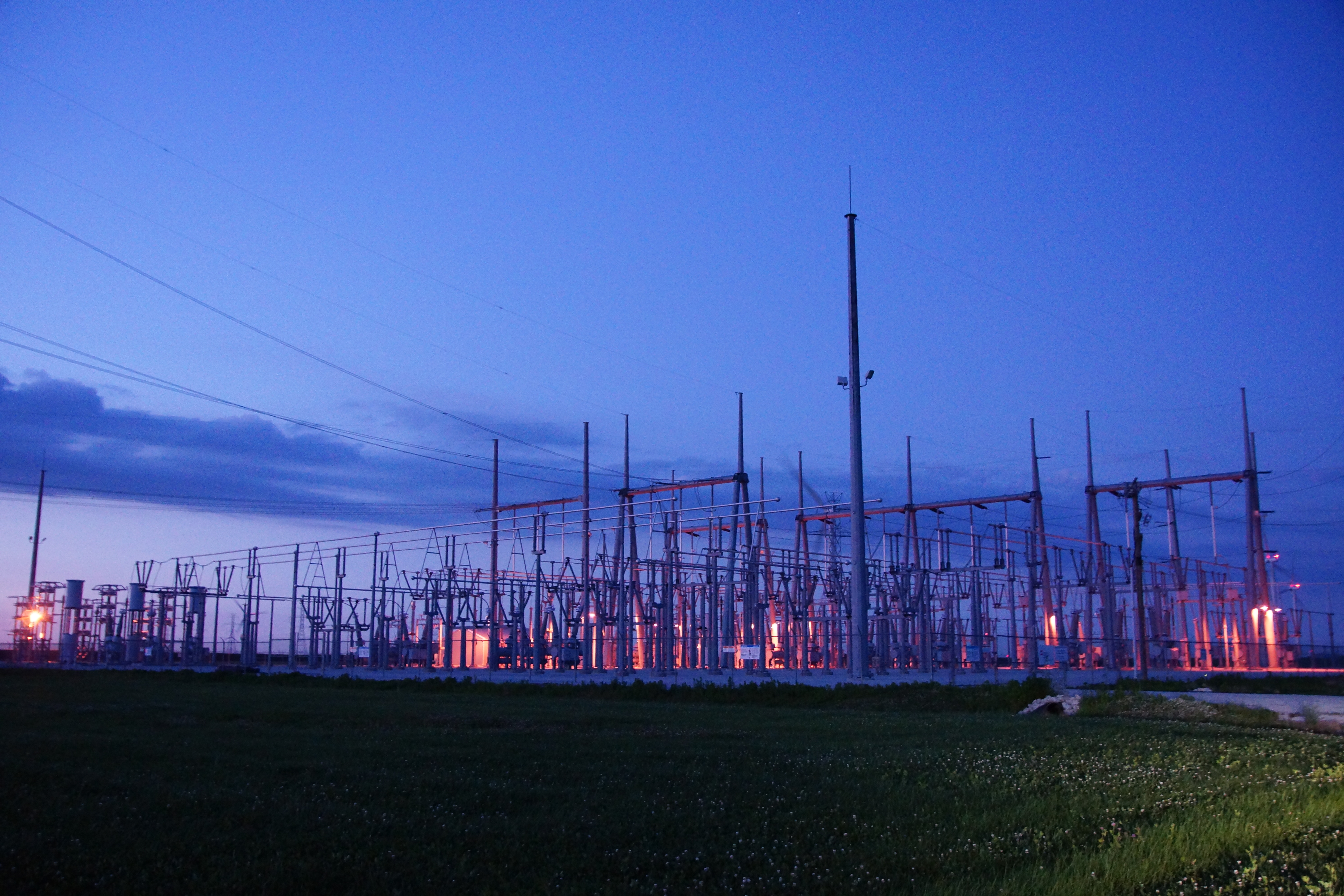New Renewable Energy Projects Are Overwhelming US Grids [Hackaday]

It’s been clear for a long time that the world has to move away from fossil energy sources. Decades ago, this seemed impractical, when renewable energy was hugely expensive, and we were yet to see much impact on the ground from climate change. Meanwhile, prices for solar and wind installations have come down immensely, which helps a lot.
However, there’s a new problem. Power grids across the US simply can’t keep up with the rapid pace of new renewable installations. It’s a frustrating issue, but not an insurmountable one.
Slow Your Rollout

Despite much political furore and handwringing, the marketplace is getting on with business when it comes to renewable energy. The simple fact is that solar and wind power is now as cheap or cheaper than coal, once the benchmark for cost-effective electrical generation. Where there’s money to be made, companies will rush in.
However, new renewable energy installations are running into roadblocks across the nation. In Kentucky and Virginia, a 3,000 acre solar project is facing years of delays. Plans for multiple wind farms in the midwest have been scrapped entirely. In many of these cases, the problem lies at the connection between these projects and the wider energy grid. At the end of 2021, over 8,100 energy projects in the US were stuck waiting for official approvals for their grid connection. Without this, the project simply can’t generate energy and sell it on the market, making the whole exercise moot.
Part of the problem is the sheer number of projects going on in this space. The process, referred to as interconnection, requires careful consideration by engineers and authorities running the power grids. Historically, authorities were easily able to handle the trickle of gas or coal projects that would come along. There are now so many projects ongoing that some grid authorities have had to halt applications so they can work through a backlog they already have built up. On average, it’s now taking new renewable projects four years to get approval for grid hookup. That’s twice as long as it took a decade ago. Even if a project gets a grid hookup approved, it can run into further issues. Many power grids simply weren’t design to handle the influx of power from multiple renewable energy sources. Necessary upgrades to transmission lines and substations can significantly increase costs.

These issues are stopping many projects in their tracks. According to new research from the Lawrence Berkeley National Laboratory, fewer than 20% of solar and wind projects are making it through the queue for grid interconnection. Along with supply chain issues, these hurdles led to a drop in solar, wind, and battery installations in the US, which shrank 16% in 2022.
The issue has led to an incentive to game the system, to an extent. One company may submit a bunch of energy project proposals, while hoping that another developer gets a project off the ground first. When that developer pays the bill for infrastructure upgrades, they’ll go ahead and pursue any projects that can piggyback off that, while cancelling others. The way around this is for grid operators to invest in transmission line upgrades themselves. It’s not common, but Texas has seen a burgeoning wind industry develop thanks to this wise decision.
Other countries have faced unique issues in this area, too. In hot and sunny Australia, for example, solar power has overwhelmed local grids in some cases. Home solar installations have become highly popular, particularly in wealthy areas where homeowners can absorb the initial upfront costs. These systems can feed excess energy back into the grid, netting their owners a payment for their contribution. However, residential suburbs are often served by substations and infrastructure that was never designed for this purpose. They can’t always handle the large outflows of electricity from home solar generation. In the short term, this has necessitated blackouts and shutdowns on hot, sunny days. In the long term, new regulations are mandating remote control of home solar generation to avoid grid operators having to take entire suburbs offline.

Stability is also an issue. Operators have to carefully manage the amount of power flowing into the grid. If too much power is fed into the grid, or too little, the grid frequency shifts too high or too low. This can force big generators offline and cause sudden power cuts that are highly undesirable. Managing power from sources like wind and solar is difficult, as they are highly variable over time.
A bright or windy day can rapidly increase the amount of power flowing into the grid. At the same time, fossil fuel sources like baseload coal stations typically have a minimum power level at which they can run. Authorities need to keep the baseload stations on at all times to maintain stability. Thus, any excess power from renewable sources must be shed. Systems that allow storage of excess power can help, or in extreme cases, solar sources can be remotely shut down.
In the US, at least, the issues for now are primarily administrative. With some streamlining of paperwork, and additional power engineers to run assessments, many of these problems can be solved. However, there’s no getting around the fact that power grids will require investment to handle the large number of renewable projcets waiting in the wings. If a carbon-free future is on the cards, it’s going to cost some money to build the grid to handle it.

![new-renewable-energy-projects-are-overwhelming-us-grids-[hackaday]](https://i0.wp.com/upmytech.com/wp-content/uploads/2023/04/119367-new-renewable-energy-projects-are-overwhelming-us-grids-hackaday-scaled.jpeg?resize=800%2C445&ssl=1)